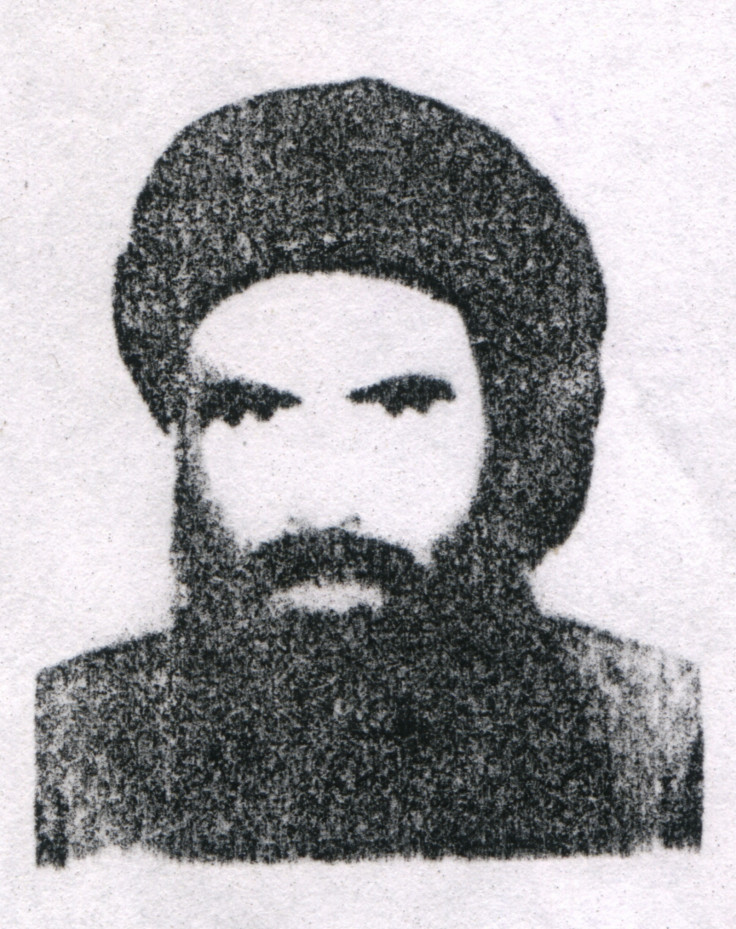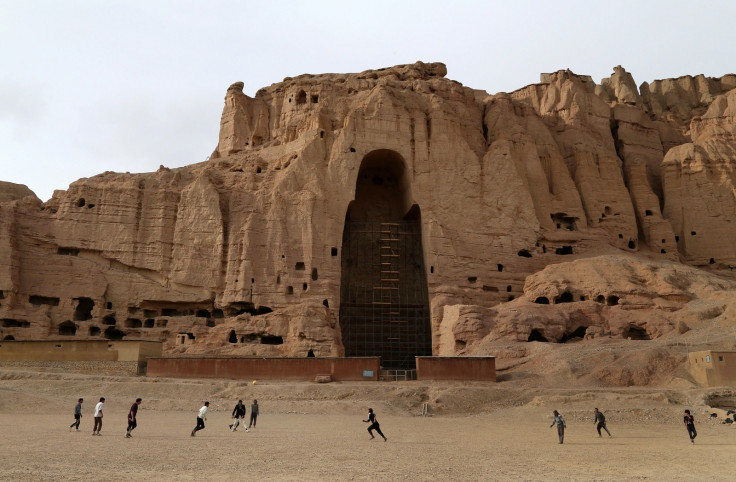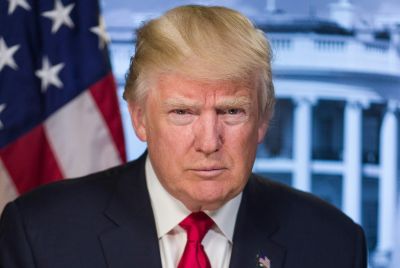Who was Mullah Omar? The one-eyed Afghan militia fighter that became one of the world's most wanted men

On a spring day in Kandahar in 1996, a one-eyed cleric and former militia fighter climbed on to the roof of a local mosque and draped himself in a cloak that Afghanis believed was once worn by the Prophet Muhammad. Those who were there on the day reported the crowd that formed roared in approval, shouting "Amir-ul momineen", meaning Commander of the Faithful.
The robe had been removed from its box in one of Afghanistan's most sacred shrines only three times in the country's history – and had never been worn. Mullah Mohammed Omar, an illiterate or at least semi-literate teacher from a poor village in the south of Afghanistan had, by removing the cloak and then wearing it in public, declared himself to be a spiritual leader only second to Muhammad himself.
He was called the reluctant emir. He was rumoured to be illiterate or at least quasi-literate and from a humble background
Mullah Omar came from humble beginnings but has risen to become one of the most famous terrorists in the world. As leader of the Taliban from 1994 until the present day – and Afghanistan's head of state from 1996 to 2001 – he still has a bounty of $10m on his head. At the same time, even as ruler Omar was rarely seen in public. Only two pictures of him exist and he currently hasn't been seen in 13 years.
What is known about Omar is that he has one eye, having been hit by shrapnel during the war between the Soviet Union and the mujahedeenfrom 1983 to the early 1990s. He was a prominent member of the Islamist fighters that took on the Soviets after their invasion of the country, and his military pedigree was one of the reasons that he rose to prominence after the Soviet Union was defeated.
They were bloody years for Afghanistan, with four rival warlords battling for control of the lawless country and robbery, rape and murder common even in the major cities. The official story is that Omar, who had returned to his home near Kandahar after the Soviets left, raised a militia of no more than three dozen fighters with the intention of preventing a spate of rapes in the local area.
The men had come from a madrassah – a religious school – that Omar had founded and were mostly students, or talib in Arabic. The movement grew and swept across Afghanistan, with Omar donning Muhammad's cloak in Kandahar in May 1996 and then his militia taking Kabul in September. His fighters were now the government of Afghanistan but their name recalled their humble origin: Taliban.
"He was called the reluctant emir. He was pushed to the top of the leadership because of his negotiation skills and his tribal influence. He was rumoured to be illiterate or at least quasi-literate and from a humble background," said Robert McFadden, former US government counter-terrorism special agent who interrogated a number of al-Qaeda figures, some of which knew Mullah Omar.
Omar and the Taliban could at that point have bedded down as rulers of Afghanistan, where they were welcomed by at least a portion of the population for the swift order that they imposed on the formerly lawless country. But then in 1996 they had a guest: Osama bin Laden, head of al-Qaeda and even then a notorious terrorist leader, moved to Afghanistan along with hundreds of his entourage.
McFadden recalled that some of the al-Qaeda figures he had met since 2001 were concerned about whether the Afghans would welcome the Arabs and would be welcomed in Afghanistan, but Mullah Omar and the Taliban opened their arms to Bin Laden.
Bin Laden, for his part, accepted Omar as Amir-ul momineen, a move that surprised some of the sheikh's followers, who wondered what he was doing paying allegiance to an illiterate Afghani cleric from the wilds of southern Afghanistan.
But the move proved to be a masterstroke, and when Bin Laden and al-Qaeda carried out the 9/11 bombings, Mullah Omar refused to hand over his guests to the authorities. It was a decision that would spark the US invasion of Afghanistan and the war that has devastated the country in the 14 years since.

Mullah Omar went underground in the years since 2001 and has not been seen since. The Taliban regularly issues statements on his behalf, but he has been rumoured to be dead on almost a dozen occasions. Some say he is hiding in Quetta, the lawless northern province of Pakistan, and others say he is hiding in plain sight among his tribal brethren near Kandahar. The more conspiratorially minded claim he is being sheltered by the Pakistani secret police, the ISI.
Like Bin Laden, Mullah Omar's cult of personality is strong within the Taliban and it is thought that even if he had died years earlier, the group would try to conceal his death to prevent a power struggle. Equally, the latest rumours about his death could be an effort by anti-peace factions within the Taliban to derail the talks that are thought to be under way with the Afghan government. In a recent statement purported to be by Omar, he seemed to express support for the peace process.
He has always been a recluse, even before 9/11. The al-Qaeda guys that I had access to said it was only Bin Laden or his deputies that would actually meet with him
In April, the Taliban published a 5,000 word biography of Omar to mark his 19th year as its spiritual leader. It described the cleric, who was born in 1960 in the village of Chah-i-Himmat, near Kandahar, as having "a special sense of humour", whose favourite weapon was a rocket propelled grenade launcher.
It also revealed Omar neither owned his home nor had a bank account but kept abreast of local and international events. It described the one-eyed leader as "affable".
Given the recent spate of drone strikes on al-Qaeda figures in Pakistan and Yemen, which have wiped out most of the organisations leadership in 2015 alone, and the killing of Bin Laden in 2011, perhaps Omar is right to keep a low profile, although McFadden points out that he was always reluctant to seek the lime-light.
"He has always been a recluse, even before 9/11. The al-Qaeda guys that I had access to said it was only Bin Laden or his deputies that would actually meet with him," he said.
But whether Omar is dead or just staying true to form by keeping the lowest of profiles, his disappearance is a significant blow to the Taliban, and it is little surprise the group sought to play down speculation that he was dead on 29 July. As the story of his donning Muhammad's cloak – which has never been verified completely – proves, Mullah Omar the legend is as important as Mullah Omar the man.
© Copyright IBTimes 2025. All rights reserved.






















